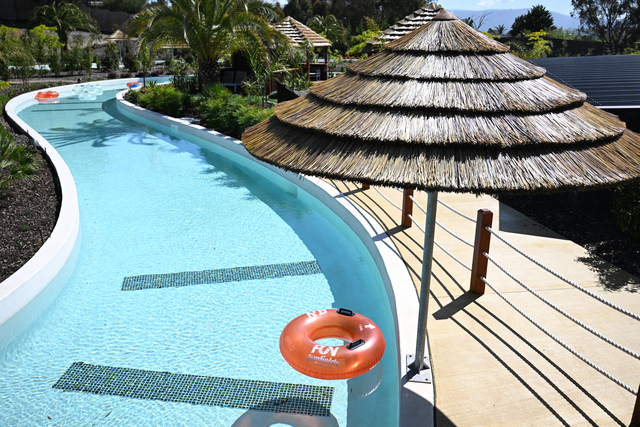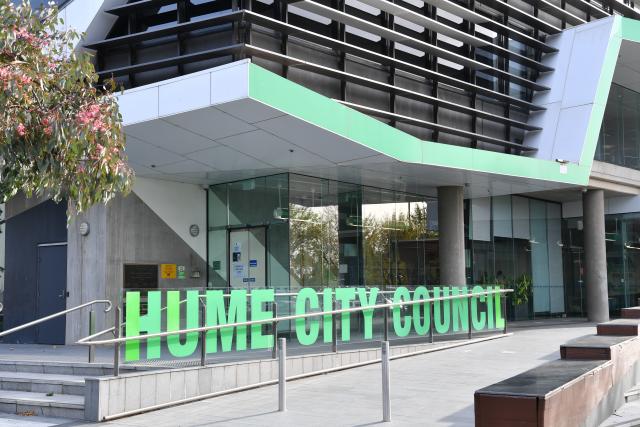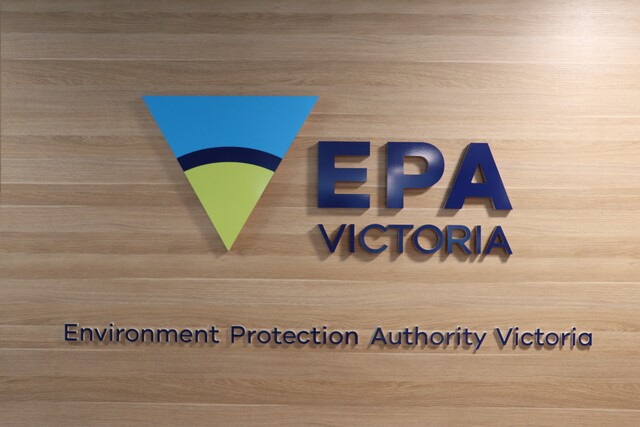The ever-rising cost of home ownership in Australia has pushed co-operative housing on to the real estate investment agenda.
At a roundtable in Melbourne last week, the Building Council of Co-operatives and Mutuals hosted representatives of state and local governments and the investment and finance sectors to present examples of effective co-operative housing approaches around the world.
The discussion centred on developing an equity co-op proposal that could reduce housing market entry costs by as much as 30 per cent.
The same model would be applied to developments as small as three dwellings and as large as a multi-storey complex.
The roundtable resulted in the appointment of a new taskforce of key business leaders and housing experts charged with creating an equity co-op housing development to produce a model.
Affordable housing consultant John McInerney said one approach to reducing the upfront costs of home ownership would be to develop properties owned by not-for-profit entities.
“The owner of the property will then offer long-term leases to an operating entity on a cost-recovery rather than a profit-driven basis and the operator will sell shares to individuals wanting to live in the complex,” Mr McInerney said.
People at the conference heard that initial entry costs for a new dwelling could be 20-25 per cent lower than the cost of standard single-dwelling purchases.
This price could be reduced even further if land was available below market value through land trust or philanthropic mechanisms.
Stephen Nash, managing director of Common Equity Housing Limited, a co-operative housing developer, said his company was keen to work with the taskforce to turn the home ownership dreams of many Australians into a reality.
“We have done the modelling around the building costs,” Mr Nash said.
“A typical entry cost could be around the $300,000 mark for a two-bedroom unit.”
Mr Nash said the co-op model would highlight best practice in terms of architectural and environmental design and benchmarks and was not about “cutting corners”.
The executive briefing presented to the roundtable can be downloaded at http://bit.ly/1coxADQ
















